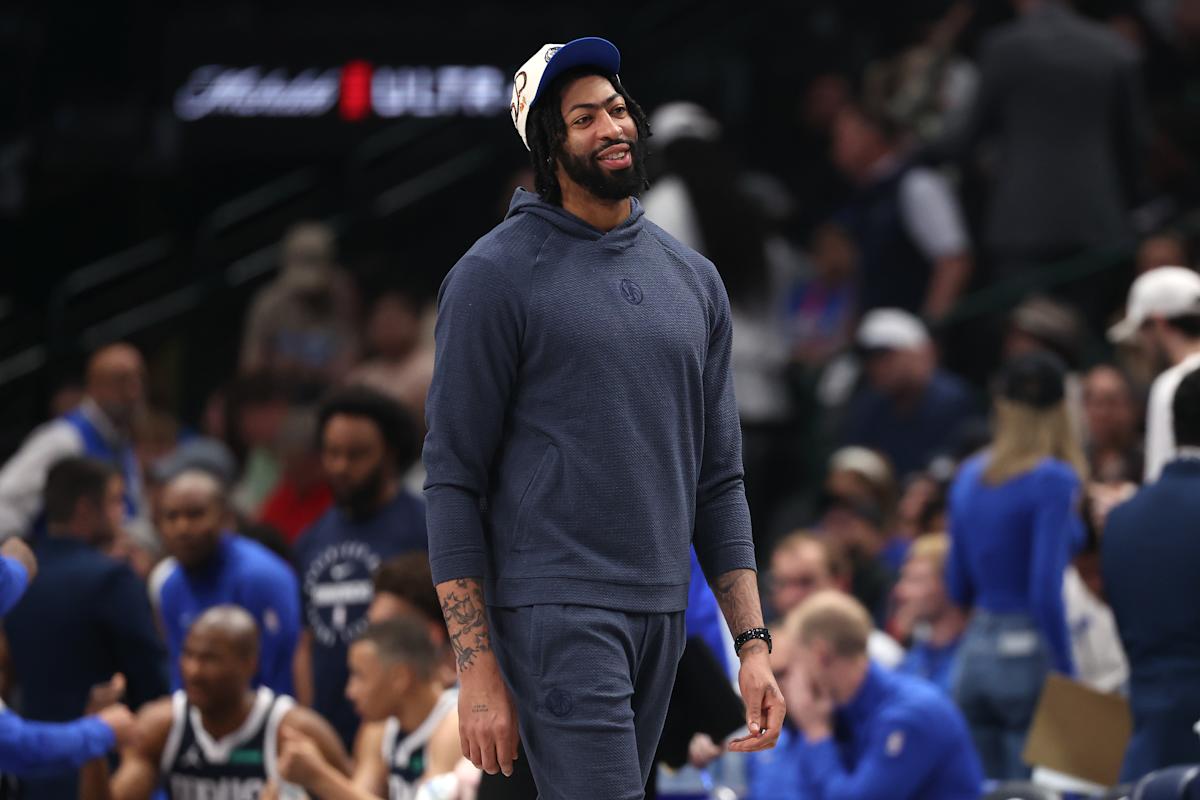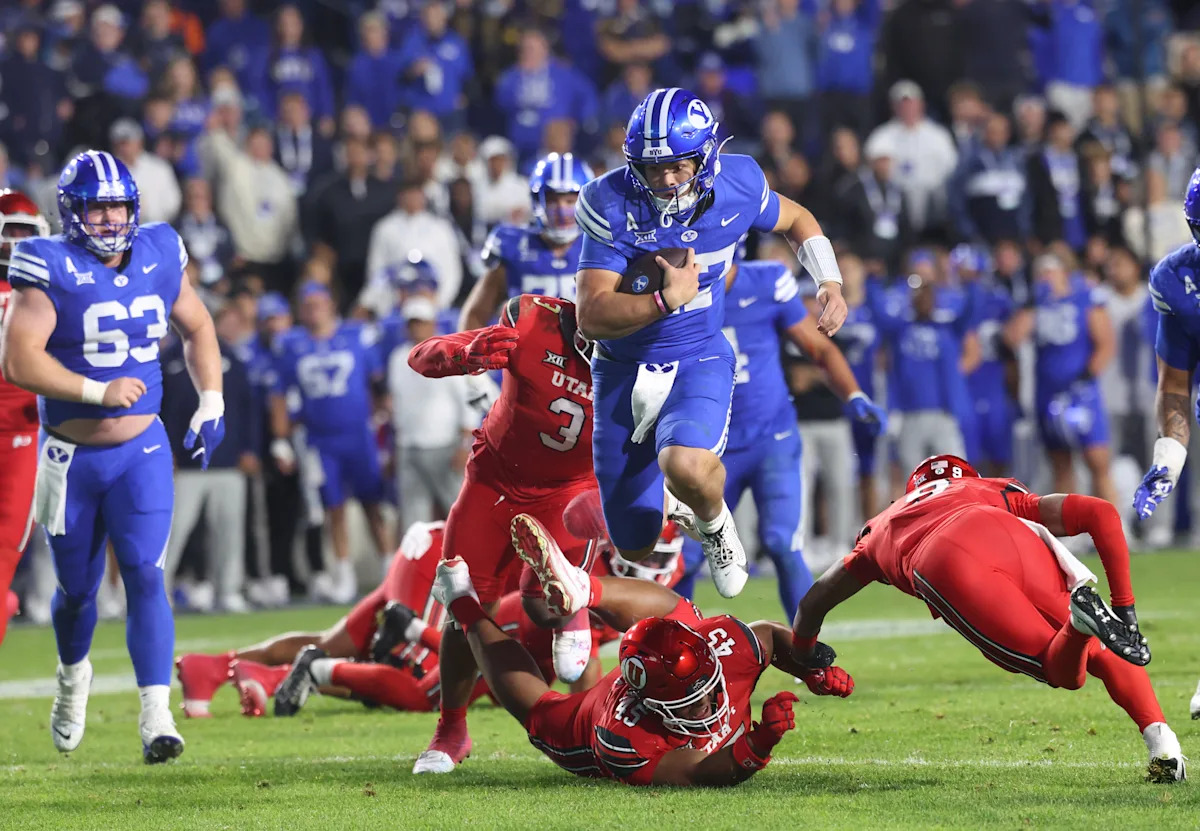Now ranked number 13 in the nation, Gonzaga just delivered exactly the kind of tune-up performance a top-tier program hopes for before heading into a major showcase week. The Zags overpowered Southern Utah 122-50, finishing just 2 points short of the program record for points scored against a Division I opponent in the Kennel and setting a new record for margin of victory over one.
Coach Mark Few used all 14 available players, with 11 logging at least 15 minutes and five finishing in double figures. The scoring balance, defensive energy, and tempo never slipped, and the evening turned into a comprehensive demonstration of depth as Gonzaga prepares for the Players Era Festival in Las Vegas. With Alabama, Maryland, and a third high-end opponent on deck, the Zags will be leaving Spokane with their most emphatic performance of the young season and a roster that looks primed for a demanding stretch.
It was a bloodbath of historic proportions in Spokane, and the task now for the Zags is to carry that energy straight into their showdown with Alabama.
One of the most notable changes this afternoon came before the ball even went up. Coach Mark Few tweaked the starting group, giving Tyon Grant-Foster the nod over Emmanuel Innocenti on the wing and handing Mario Saint-Supery the primary point guard role over Braeden Smith. Whether this represents an emerging direction or simply an experimental look ahead of a major week in Las Vegas remains unclear, but the immediate effect was obvious: more length on the perimeter, more creation, and a much sharper offensive spark.
The adjustment paid off. Grant-Foster brought controlled energy and rim pressure, finishing with eight points on 4-for-6 shooting while defending multiple spots and playing decisively within the flow of the game. Saint-Supery delivered the performance of the night. The freshman posted 16 points on 5-for-7 shooting, hit all three of his attempts from deep, handed out seven assists, and somehow collected six steals in 16 minutes. He dictated pace, initiated actions cleanly, and disrupted everything Southern Utah tried to run. For a 19-year-old in his fifth real college game, the command and composure he showed at both ends stood out more than the numbers themselves. He played like the best player on the floor.
Context, Numbers, and the National Picture
The statistical fallout from a 72-point shellacking showed up almost immediately on the national boards. With the final horn, Gonzaga moved to No. 1 in KenPom, powered by the country’s 10th-ranked offense and a defense that now sits third nationally behind Houston and a surprisingly stingy Cincinnati squad. That defensive jump reflects the possessions-per-point profile this group has built over two weeks, and this game pushed their efficiency margins into elite territory
Gonzaga shot 68 percent from the field, 57 percent from three, and 80 percent at the line, numbers that held steady across starters and reserves. They finished with 66 points in the paint, 27 points off turnovers, and, most tellingly, 33 fastbreak points. The dudes were running and gunning from tipoff to the final buzzer. The team pulled down 44 total rebounds, collected an absurd 18 steals, and assisted on 18 of its 49 field goals. They scored 75 points in the second half alone while allowing the Thunderbirds just 23 points on 25.8 percent shooting.
Every rotation group was produced. The starting unit set the tone with length, speed, and pressure. The bench added 50 points and kept the margin climbing. Even the final minutes stayed organized, with clean sets, engaged defense, and zero garbage-time slippage in terms of offensive production or defensive stopping power. This was dominance at scale, the kind that shows up in both the result and the underlying analytics. Hopefully, it’s also the kind that foreshadows how a team will look when the opponents get tougher.
Braden Huff’s Ridiculous Efficiency
Braden Huff followed his quiet, five-shot outing against Arizona State with the kind of frontcourt performance that resets expectations for what his ceiling looks like when he’s assertive. He moved comfortably between the 4 and the 5 in long stretches of action without a breather. Southern Utah didn’t have an answer for his footwork or his touch, and Huff turned that advantage into a ridiculously efficient 22 points on 11-for-13 shooting.
Huff led the team in scoring, led the team in rebounding with 6, committed zero turnovers, and–most impressively–did it all in 20 minutes. When the offense ran through him on the block or at the elbows, the movement stayed organized and the spacing stayed sharp. This is the version of Huff Gonzaga needs on the floor as the competition ramps up: a high-efficiency 4/5 hybrid who punishes mismatches, keeps the ball moving, and anchors lineup combinations on both ends.
The Big Man Did It Again…
Graham Ike, game-by-game, making a case for himself as a frontrunner for National Player of the Year, gave Gonzaga exactly what a veteran anchor is supposed to provide in a game like this: early touches, steady scoring, and a physical presence that forced Southern Utah to collapse inside. Ike finished with 13 points on 5-for-8 shooting, grabbed five rebounds, and did it all in just 21 minutes, a reflection of how comfortably Gonzaga operated whenever he was on the floor.
His footwork looked sharp, his reads out of the post were decisive, and he shifted seamlessly between quick-hitting paint actions and more patient back-downs when the spacing supported it. The balance between him and Huff continues to define Gonzaga’s frontcourt versatility, and Ike’s ability to stabilize sets while drawing help makes life easier for the guards on every possession. Ike is absolutely killing the competition this season and is leaving no question as to who this team’s leader is.
Davis Fogle’s scoring output is reaching the point where it’s impossible to treat it as a novelty. Garbage time in Spokane hasn’t felt this electric since Rui Hachimura’s freshman season, and no Gonzaga freshman in years has done more with limited minutes than Fogle. He put up 19 points in 14 minutes, went 7-for-10 from the field, and hit all four of his free throws. Every touch looked purposeful. Every drive had balance. Every jumper looked like something he could replicate against real defensive pressure.
Fogle just gets buckets. That’s the simplest and most accurate way to describe him right now. And when you line up his stat line next to the veteran wings he plays behind—Grant-Foster, Innocenti, Venters—the numbers make it hard to understand why he’s third off the bench. Gonzaga hasn’t had a pure, self-creating scorer with this blend of size, fluidity, and confidence in a long time. He attacks off the bounce, he finishes through contact, he gets to his jumper without needing a screen, and he scores in ways that translate.
There’s a difference between empty-calorie scoring and real offensive talent. Fogle’s minutes continue to suggest the latter. The leap from late-game blowouts to competitive possessions against high-major opponents is huge, but you can see the tools. And if Gonzaga needs an offensive jolt at any point in Las Vegas, there’s a real argument for finding him a stretch of minutes to test just how far this early-season emergence can go.
Looking Ahead to Las Vegas
The focus now shifts to Alabama, a team built around the No. 12 offense in KenPom and a defense sitting at No. 54. That combination guarantees pace, shooting, and guard play that punishes slow rotations, which puts Gonzaga’s perimeter choices under the spotlight. The staff will need to decide how much length, creation, and defensive stability they want on the floor, and the lineup tweaks from the Southern Utah game suddenly feel relevant.
Alabama’s guards will test containment, spacing discipline, and how well Gonzaga can keep the ball in front. The Ike–Huff pairing will get stretched by tempo and perimeter-oriented actions, and the wings will have to absorb a heavy workload on closeouts and ball pressure.
The key advantage for Gonzaga is flexibility. They have enough size, skill, and backcourt options to mix coverages and adjust personnel without losing rhythm. Monday’s performance reinforced that depth, and the group heads into Las Vegas with real momentum and a rotation capable of handling a high-level matchup right out of the gate.
In Memory of Barbara Ann Few
The Slipper is a site by and for Gonzaga basketball fans, and we would be remiss not to acknowledge that the program lost one of its biggest and most enduring supporters this week. Our heartfelt condolences go out to Mark Few and his family on the passing of his mother, Barbara Ann “Baba” Few, on Friday.
In his post-game presser following the Southern Utah matchup, coach Mark Few spoke about his mom with his usual steady tone, though the emotion underneath was obvious. “She was the biggest Zag fan out there,” he said, smiling. “An incredible example… her whole self-worth was based on serving others and just being kind… what a life.”
It was a brief moment, but one that reminded every fan listening that this program has always been built on something bigger than basketball, something rooted in the people and the care that have held it together for nearly three decades. Ultimately, Barbara Ann Few was a huge Gonzaga basketball fan, just like us, and perhaps the most fitting way we can honor her legacy is to carry a little of her example forward and simply remember to be kind.























